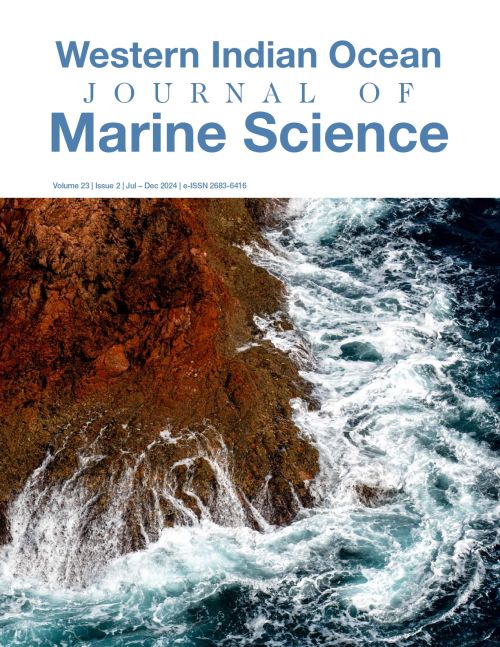Main Article Content
Unlocking the therapeutic treasures of seagrasses: Antioxidant and antimicrobial activities of Halophila stipulacea, Halodule uninervis, and Thalassodendron ciliatum
Abstract
Seagrasses are essential to marine ecosystems and have been shown to possess pharmaceutical properties. This study evaluated the antioxidant and antimicrobial activities of the seagrass species, Halophila stipulacea, Halodule uninervis, and Thalassodendron ciliatum from a Mauritian lagoon. Two essential steps in the extraction process were investigated: drying method (oven-drying and freeze-drying) and maceration solvent (methanol and acetone), using a factorial design. The highest total phenolic content (60.1 mg GAE/g) was observed in oven-dried acetonic T. ciliatum extracts. Antioxidant activity was assessed through DPPH and ABTS assays, where all extracts demonstrated significant activities (p < 0.05). Oven drying and acetonic extractions resulted in greater activities (highest DPPH activity of 69.3 % with T. ciliatum). Significant interactions (p < 0.05) were found between species, drying methods, and solvents. Escherichia coli and Bacillus cereus were resistant to all extracts, while Staphylococcus aureus showed limited inhibition. Pseudomonas aeruginosa was more susceptible to freeze-dried extracts (greatest MIC of >1.25 mg/ml for acetonic T. ciliatum). Candida albicans was most susceptible to freeze dried acetonic T. ciliatum extracts (24.7 ± 4.06 mm). Consequently, this study encourages further exploration and use of seagrasses, especially, T. ciliatum in the pharmaceutical industry.







